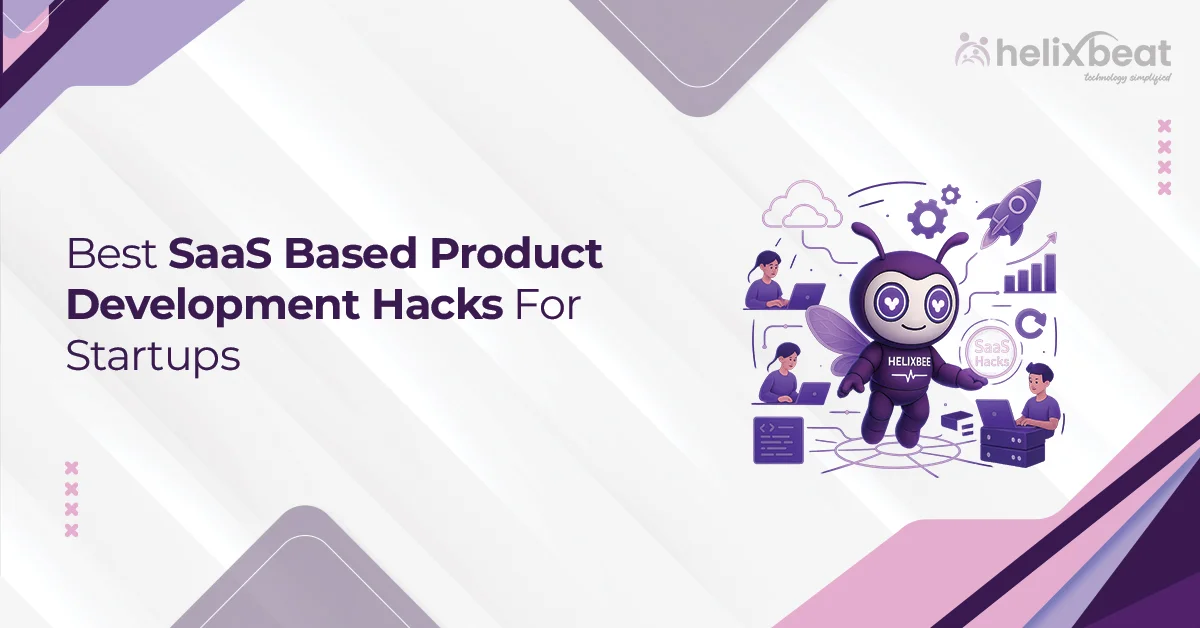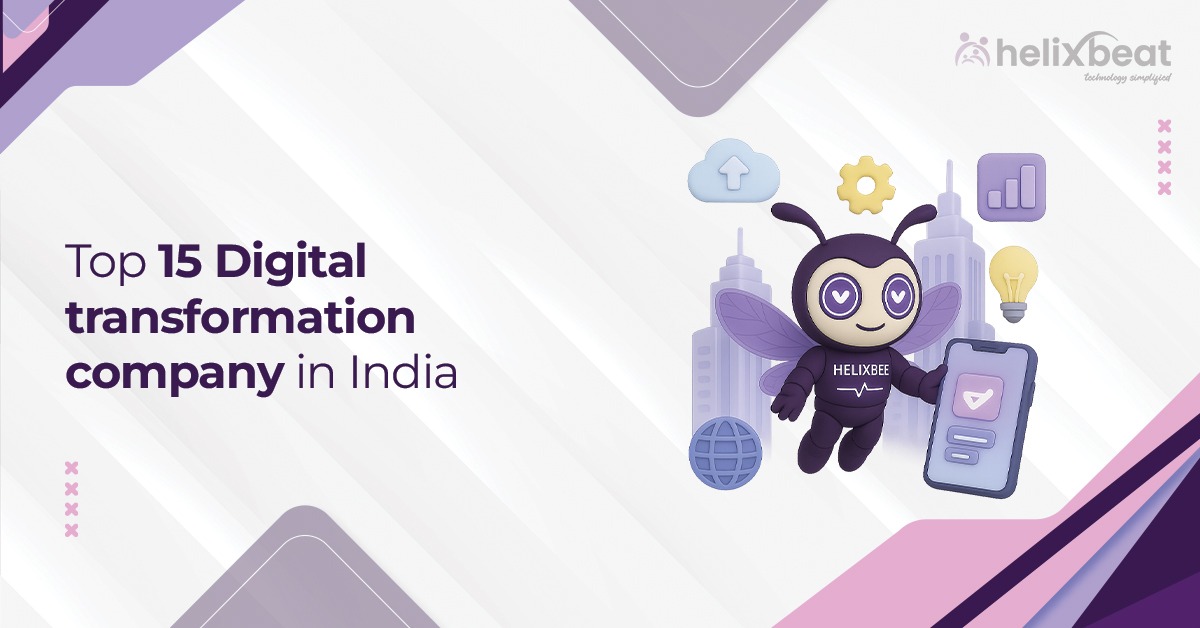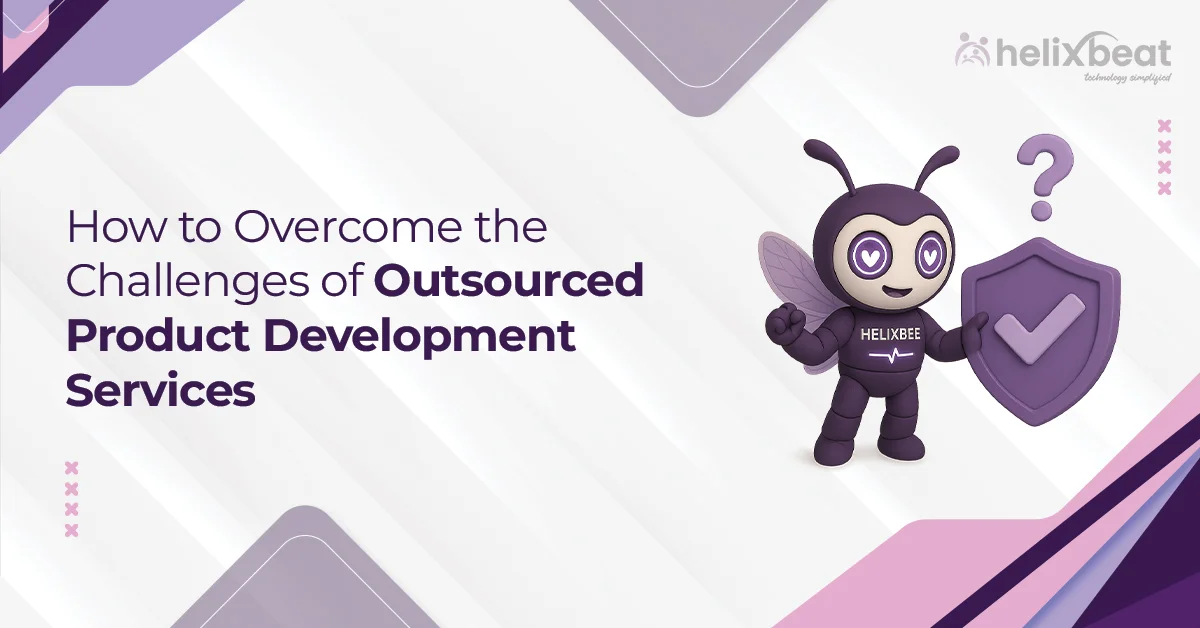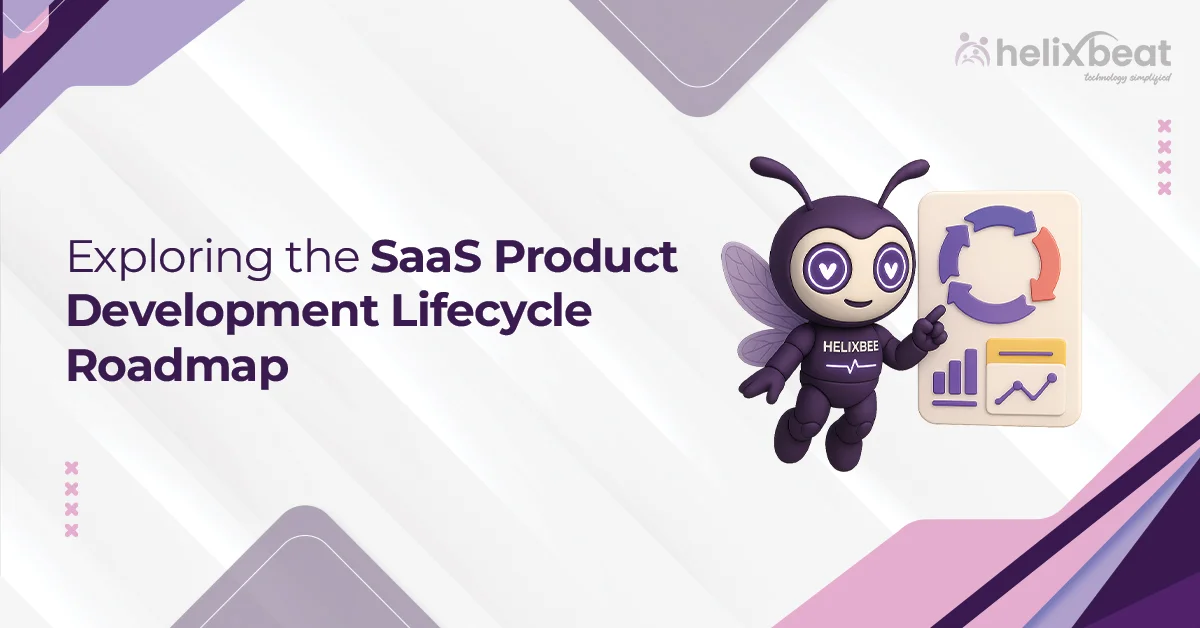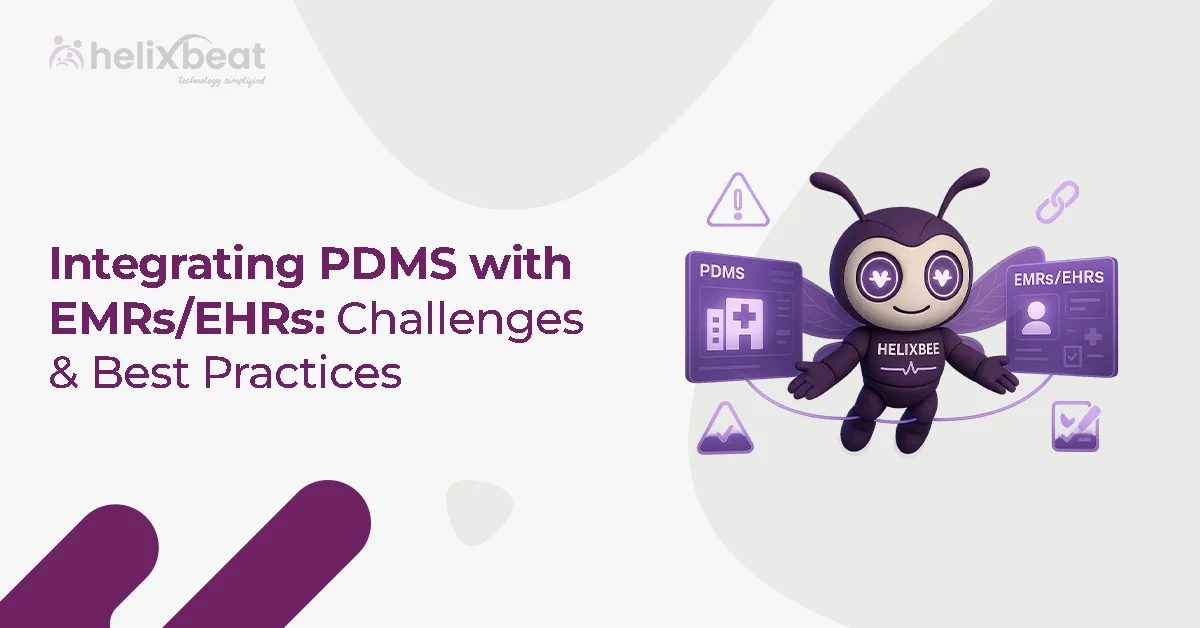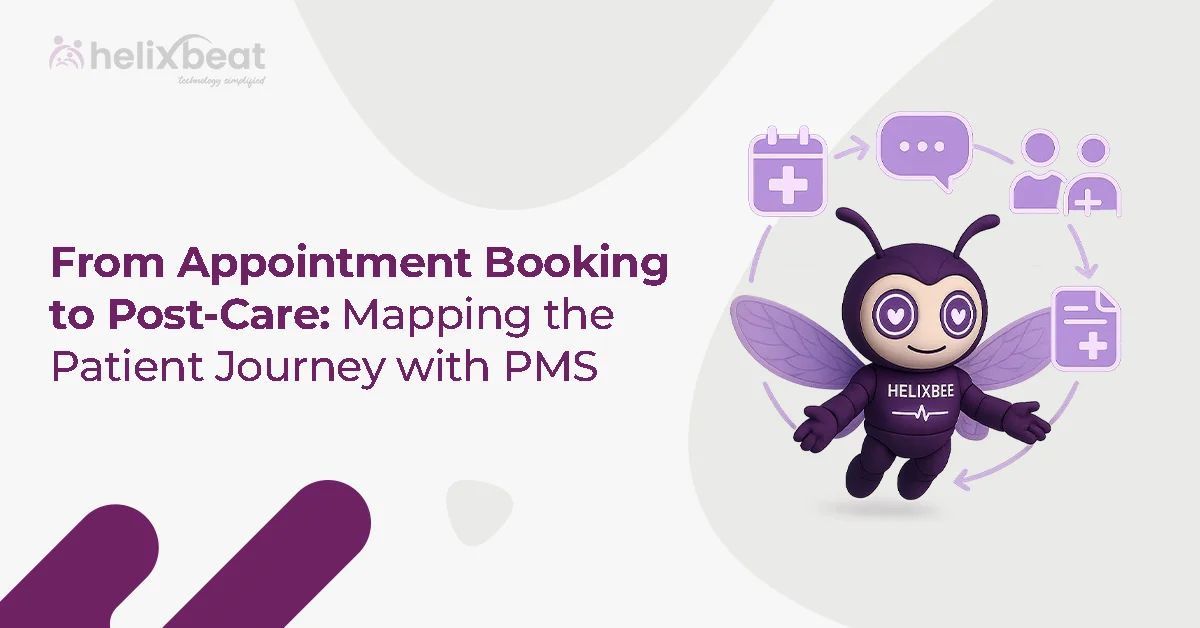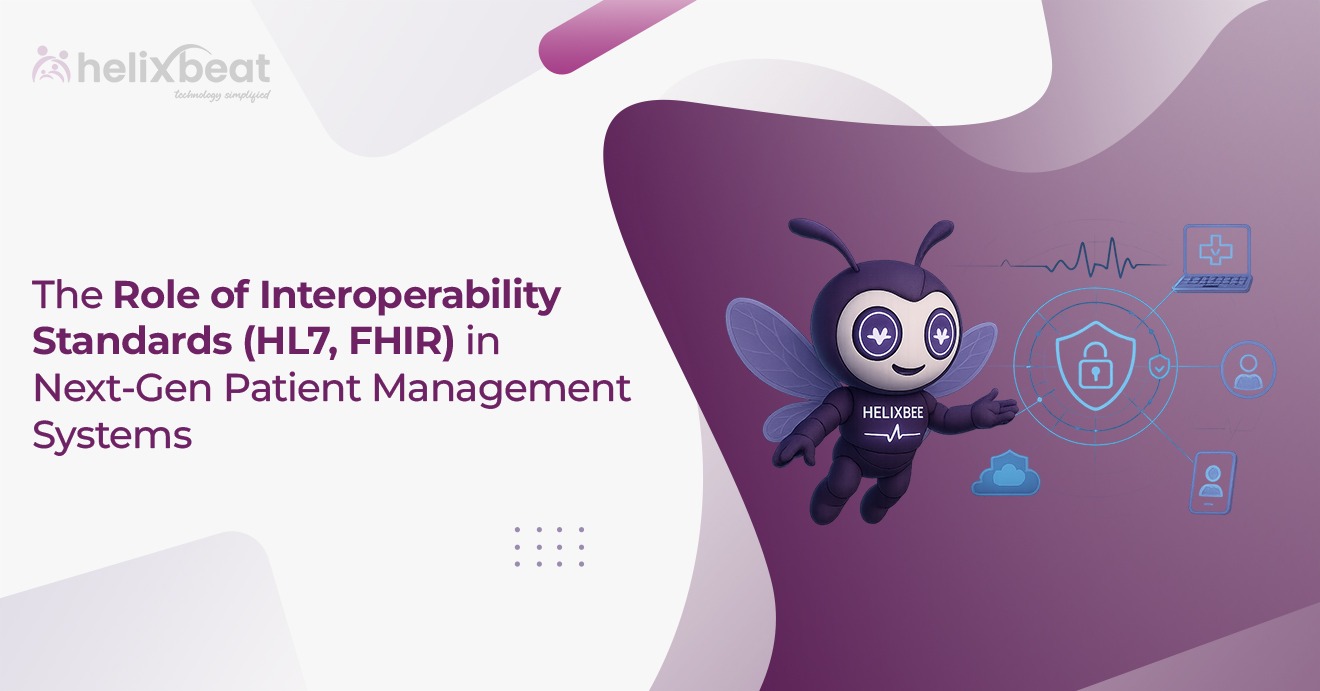Picture this: A visitor walks into your office, greeted by a mountain of paperwork at the reception desk. They fill out a log, sign in, and wait—waiting for the receptionist to call the person they’re meeting or confirm the meeting details. Meanwhile, your front desk staff is juggling multiple tasks: checking in visitors, sorting through endless sheets of paper, and ensuring that security protocols are followed. It’s a process that feels like it’s stuck in the past—and, frankly, it’s time-consuming, inefficient, and prone to errors.
In 2025, businesses can no longer afford to depend on outdated manual visitor logs. The future of visitor management lies in smart, streamlined systems that eliminate the mess and hassle of paper check-ins. Enter the visitor check in systems: a seamless, tech-driven solution designed to speed up the check-in process, improve security, and enhance the overall visitor experience.
This blog is your gateway to understanding why it’s time to say goodbye to manual logs and hello to the next level of visitor management. We’ll see the problems with traditional methods, uncover the benefits of digital check-in systems, and reveal how VISTA is transforming the visitor experience for businesses around the world. Let’s unlock the future of check-ins—efficient, secure, and hassle-free.
Table of Contents
Challenges in Manual Logs in Visitor Management
While traditional visitor management systems may have sufficed for small offices or businesses in the past, they pose significant challenges as organizations scale. Here are some of the most pressing issues with manual visitor logs:
- It It consumes more time
Manual visitor logs require visitors to fill out forms or sign in upon arrival. In busy environments, this process can create long lines and delays, frustrating visitors and wasting valuable time. The reception staff must then manually verify the details, and depending on the security protocol, visitors may be asked to wait further. All this takes up time that could have been used more productively.
- Hard to track visitor movements
Paper-based logs are static and cannot be accessed or updated in real time. Once a visitor signs in, there’s no way to track their movements within the facility or confirm whether they have reached the right department or person. In large facilities or buildings with multiple access points, this lack of visibility can create security risks, as employees may not know who is on-site at any given moment.
- Security Risks and Data Inaccuracies
Manual logs are prone to human error. Visitors may miswrite their names or provide incorrect details, making it harder to track them or verify their identity if needed. Moreover, paper logs don’t provide sufficient security for sensitive information, and the risk of unauthorized individuals accessing or mishandling visitor data increases significantly.
- Difficulties in Compliance
With evolving data privacy regulations like the General Data Protection Regulation (GDPR) and California Consumer Privacy Act (CCPA), businesses are required to handle visitor information with care. Manual logs often lack the necessary features to ensure compliance with these regulations, making it challenging for companies to maintain accurate records and protect visitors’ personal data.
- Environmental Impact
Paper-based logs contribute to unnecessary paper waste, a practice increasingly being recognized as unsustainable. In an era where businesses are becoming more eco-conscious, relying on paper logs contradicts efforts to reduce environmental footprints.
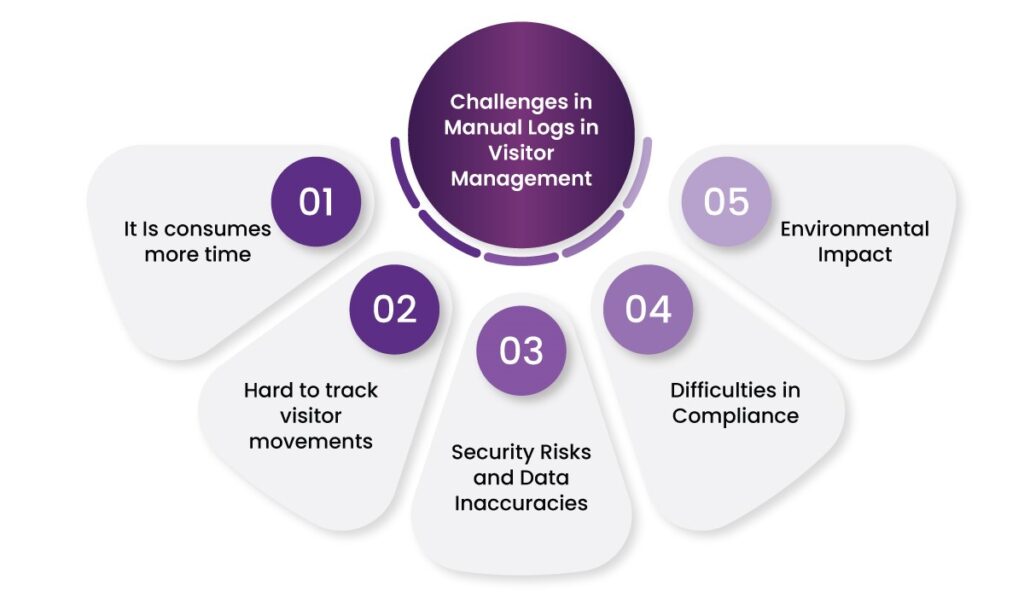
What is a Visitor Check In System?
A visitor check-in system is an electronic solution that is considered an alternative to the manual paper logs whereby everything going on with respect to visitors is electronically followed and managed. Unlike manual logs, real-time data is manifested to enhance security and efficiency. In general, a visitor check-in system would involve software and hardware integration by which the check-in process can be streamlined, the details captured, visitor passes issued, and connected to the existing security installations.
It is quite common to see businesses, educational institutions, healthcare facilities, government buildings, and event organizers utilizing visitor check-in systems to manage and track visitors. Pre-registration features, customizable check-in workflows, and detailed reporting are some additional capabilities of visitor check in systems.
How It Works?
A visitor check-in system works through a simple yet effective process that simplifies the visitor experience while providing security and data management benefits. Here’s an overview of how it works:
1. Pre-Registration
Some visitor check-in systems, like VISTA, offer visitors the ability to pre-register their details before they even arrive. This feature allows visitors to input their information, including their name, contact details, the purpose of their visit, and the person or department they are meeting. Pre-registration significantly reduces the time spent on-site during check-in, as the system can pre-approve the visitor’s details and generate a visitor pass in advance.
2. Self-Service Check-In
Upon arrival, visitors can check in using a self-service kiosk or mobile device. The visitor simply enters their information, scans their ID, or uses biometric authentication (if enabled), and the system validates their details. Depending on the organization’s preferences, the system may also prompt visitors to answer security questions or agree to terms and conditions before proceeding.
3. Badge Generation
Once the visitor’s details are verified, the system generates a visitor badge. The badge typically includes essential information such as the visitor’s name, company, photo, and a time stamp. Some systems also include the name of the host or department the visitor is meeting. The visitor badge is then printed and made available for the visitor to wear, providing clear identification.
4. Access Control and Notifications
Some advanced visitor management systems integrate with building security systems, granting the visitor access to specific areas via access control systems. Notifications are also sent to the host or relevant staff members informing them of the visitor’s arrival. This ensures that the host is aware of the visitor’s presence and can meet them at the appropriate location.
5. Real-Time Tracking and Reporting
Throughout the visitor’s time on the premises, the system can track their movements and log the time they spend in specific areas. Additionally, the system maintains detailed records of all visitor activity, generating reports for security or compliance purposes. In the case of an emergency, the system provides real-time data on who is on-site and where they are located, improving the facility’s overall safety and security.
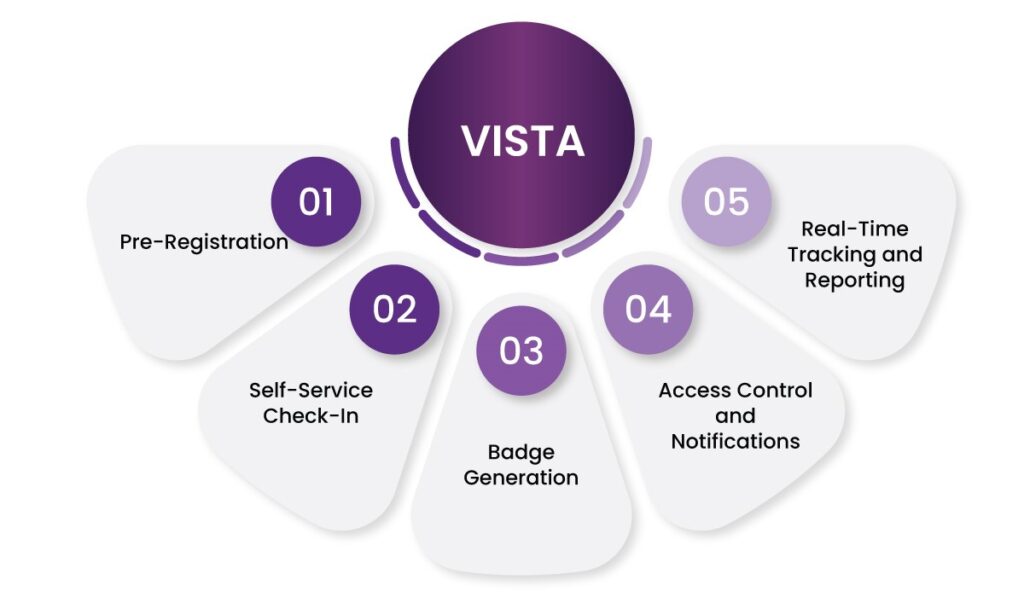
What Are the Benefits of Using a Visitor Check In System?
The benefits of adopting a visitor check in system are numerous. From increased efficiency to enhanced security and compliance, businesses are quickly realizing the value of these systems. Here are the top advantages:
1. Streamlined Process
Visitor check in systems eliminate the bottlenecks and delays caused by manual logbooks. Visitors can check in quickly and easily, reducing wait times and improving the overall visitor experience. This makes the process more efficient for both the visitors and the employees involved.
2. Enhanced Security
A visitor management system provides businesses with real-time access to visitor data and ensures that only authorized individuals can access certain areas. Many systems, including VISTA, offer advanced security features like ID scanning, facial recognition, and integration with access control systems, ensuring that visitors’ identities are verified and access is granted only to authorized individuals.
3. Compliance with Regulations
Modern visitor management systems are designed to help businesses meet regulatory requirements such as GDPR, CCPA, and other data protection laws. These systems offer secure data storage, provide audit trails, and include features that allow businesses to obtain visitor consent before collecting personal data.
4. Data Analytics and Insights
Visitor check in systems collect valuable data about visitor behavior, allowing businesses to gain insights into visit frequency, peak visit times, and more. This data can be used to optimize staffing levels, improve resource allocation, and enhance operational efficiency.
5. Eco-Friendly
By replacing paper-based logbooks with digital systems, businesses can significantly reduce their environmental impact. The reduction in paper usage is a small but impactful step toward building more sustainable operations.
How VISTA Changes the Visitor Check In Process
VISTA is one of the most advanced visitor management systems available today, and it brings several key innovations that enhance the check-in process for both businesses and visitors.
1. Streamlined User Interface
VISTA offers a user-friendly interface for visitors to easily check in and out. With its intuitive design, visitors can navigate the check-in process seamlessly, reducing waiting time and enhancing the overall experience.
2. Pre-Registration and Customization
VISTA allows visitors to pre-register online, which means less time spent at the reception desk. The system also offers customization options to cater to the unique needs of different businesses. Whether it’s adding custom fields for visitor details or configuring the check-in process to match company policies, VISTA provides the flexibility to adapt to specific requirements.
3. Integration with Existing Systems
VISTA can integrate with existing security infrastructure such as ID scanners, access control systems, and surveillance cameras. This ensures seamless coordination between different security protocols, offering a high level of security and oversight.
4. Real-Time Alerts and Notifications
VISTA provides real-time notifications to hosts, alerting them when their visitor arrives. The system can also notify security personnel in the event of any unusual activity, such as a visitor trying to access restricted areas.
5. Analytics and Reporting
With VISTA, businesses gain access to powerful analytics tools that provide detailed reports on visitor traffic, peak times, and visitor behavior. This data helps businesses optimize their operations and improve the overall visitor experience.
Conclusion
The time of paper logbooks is being outshoned and, instead, ushered in is the new standard for efficiency, security, and innovation. Moving on to a digital visitor check in system like VISTA is no longer about trying to keep pace with technology but, rather, it’s more about changing how businesses relate with visitors. In today’s fast-moving world where every moment counts, security is essential, and experiences count, something as old as paper logs does not cut it.
VISTA offers a smarter, more streamlined approach to visitor management, ensuring that every check-in is swift, secure, and accurate. It’s not just a system—it’s a game-changer that enhances productivity, strengthens security protocols, and elevates your brand image. With VISTA, you’re not only future-proofing your business, but you’re also setting a new benchmark for operational excellence.
So, why settle for the old when you can go for the new? Say goodbye to manual logs and hello to a new visitor management era with VISTA. Time to upgrade the visitor experience and take your business to the next level.
Frequently asked question
1. What is a visitor check in system?
A visitor check in system is a digital solution that replaces manual visitor logs, allowing visitors to check in electronically. It captures visitor details, generates passes, and integrates with security systems to enhance the check-in process, improve security, and streamline operations.
2. How does a visitor check in system work?
The system typically works by allowing visitors to pre-register, check in using kiosks or mobile devices, and generate visitor badges. It may also include features like ID scanning, biometric authentication, and real-time notifications to staff, ensuring smooth operation and enhanced security.
3. What are the benefits of using a visitor check in system?
Visitor check in systems offer several benefits, including:
- Streamlined and faster check-in process.
- Enhanced security with real-time tracking and access control.
- Compliance with regulations such as GDPR and CCPA.
- Data analytics and insights to improve operations.
- Reduction in paper waste, contributing to environmental sustainability.
4. Why should businesses switch from manual logs to digital check-in systems?
Manual logs are time-consuming, prone to human error, and offer limited security. Digital systems like VISTA improve efficiency, reduce errors, ensure compliance with data privacy regulations, and offer real-time tracking and reporting, making them a smarter and more secure solution for modern businesses.
5. Can visitors pre-register with a visitor check-in system?
Yes, many visitor check-in systems, including VISTA, offer pre-registration features. Visitors can enter their details before arrival, allowing for a faster and more efficient check-in process once they reach the venue.
6. How does VISTA improve the visitor check-in experience?
VISTA offers a streamlined, user-friendly interface for visitors, along with features like pre-registration, customizable check-in workflows, real-time notifications, and integration with existing security systems. This makes the check-in process faster, more secure, and more convenient.
7. Is the visitor data stored securely?
Yes, modern visitor management systems like VISTA are designed to store visitor data securely, ensuring compliance with data protection regulations. VISTA provides secure data storage, encryption, and audit trails, protecting sensitive visitor information from unauthorized access.
8. How does VISTA integrate with existing security systems?
VISTA can seamlessly integrate with existing security infrastructure, such as ID scanners, access control systems, and surveillance cameras. This ensures smooth coordination between different security protocols, offering a high level of oversight and protecting your premises.
9. What type of businesses can benefit from using a visitor check-in system?
Visitor check-in systems are ideal for a wide range of businesses, including offices, educational institutions, healthcare facilities, government buildings, event venues, and more. Any organization that requires efficient visitor management can benefit from adopting a digital system like VISTA.
10. Can VISTA generate reports or analytics on visitor traffic?
Yes, VISTA provides powerful analytics and reporting tools, allowing businesses to generate detailed reports on visitor traffic, peak times, visitor behavior, and more. This data can be used to optimize operations, improve resource allocation, and enhance the overall visitor experience.
11. Does VISTA support biometric authentication?
Yes, VISTA offers biometric authentication features, such as facial recognition or fingerprint scanning, for added security. This ensures that only authorized individuals are allowed access to your facility.
12. Is VISTA customizable for different business needs?
Yes, VISTA is highly customizable. It allows businesses to tailor the check-in process to match their specific requirements, whether that involves adding custom fields for visitor details, configuring the check-in flow, or adjusting security protocols.
13. Is VISTA eco-friendly?
Yes, VISTA is an eco-friendly solution because it eliminates the need for paper-based logs, significantly reducing paper waste and contributing to a more sustainable business operation.
14. How does VISTA improve overall security?
VISTA enhances security by providing real-time data on who is on-site, where they are located, and when they arrive or leave. It integrates with access control systems to restrict entry to authorized individuals and can notify security personnel in the event of any unusual activity or unauthorized access attempts.
15. How can I get started with VISTA?
To get started with VISTA, contact the sales team for a demo and to discuss how the system can be customized to meet your business’s specific needs. Once you’re set up, your team can begin using the system to streamline the visitor check-in process and enhance overall security.





